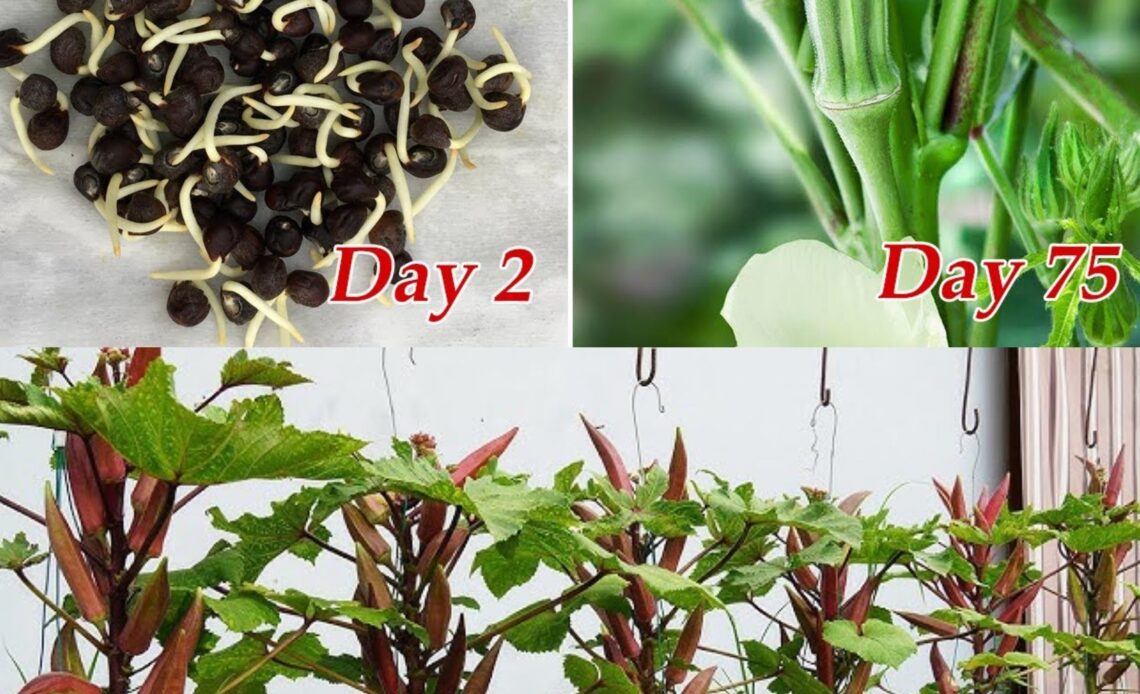Okra, also known as “lady’s finger,” is a warm-season vegetable that thrives in hot and humid conditions. It is not only easy to grow but also highly productive when given the right conditions. However, many gardeners struggle with slow germination, poor yield, or low-quality pods. If you want to grow okra faster and maximize your harvest, there are a few secrets that can make a big difference.
In this guide, we will walk you through a step-by-step method to speed up germination, enhance plant health, and increase your okra yield.
### **1. Choosing the Right Okra Variety for Faster Growth**
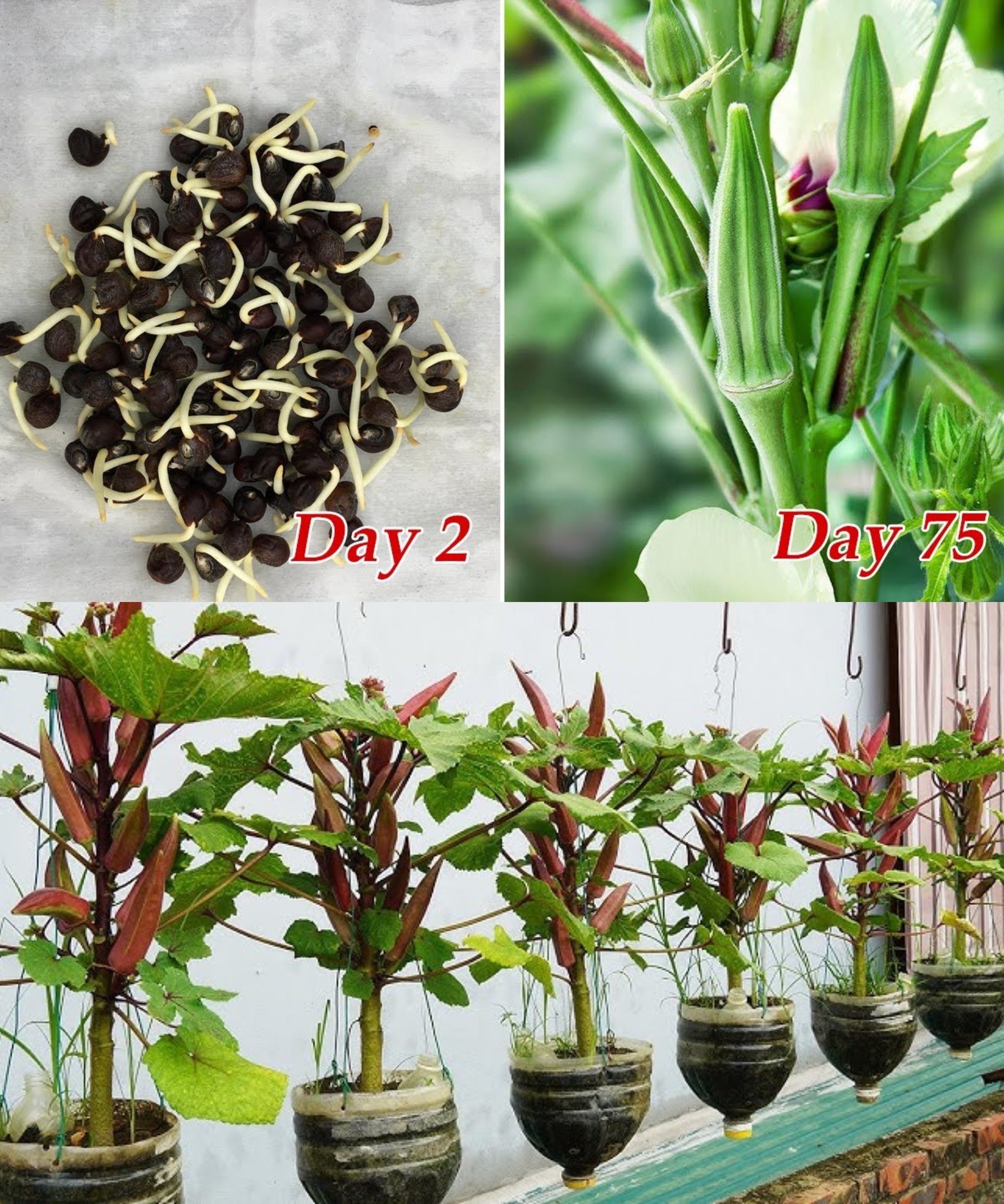
The first step to a successful okra harvest is selecting the right variety. Some okra types grow faster and produce more than others. Here are some top-performing okra varieties you can choose:
– **Clemson Spineless:** One of the most popular varieties with tender, spineless pods. It matures in about 50–55 days.
– **Jambalaya Okra:** A fast-growing variety that produces early and yields heavily.
– **Red Burgundy Okra:** A unique red-podded variety that thrives in warm climates.
– **Emerald Okra:** A highly productive variety with long, tender pods.
Selecting an early-maturing variety will allow you to harvest quicker and extend your growing season.
### **2. Speeding Up Germination with the Right Technique**
Okra seeds have a tough outer coating, which can slow down germination. Many gardeners complain that okra takes too long to sprout. However, there is a simple trick to speed up the process.
#### **Soak the Seeds Before Planting**
Soaking okra seeds in warm water for **12–24 hours** softens the seed coat, allowing them to germinate faster. You can also soak the seeds in a mix of warm water and hydrogen peroxide (3%) for 2 hours to increase the germination rate further.
If you want even faster results, try **scarification**—lightly rubbing the seeds with sandpaper before soaking. This helps break down the tough outer shell and promotes quicker sprouting.
### **3. Preparing the Perfect Soil for Fast Growth**
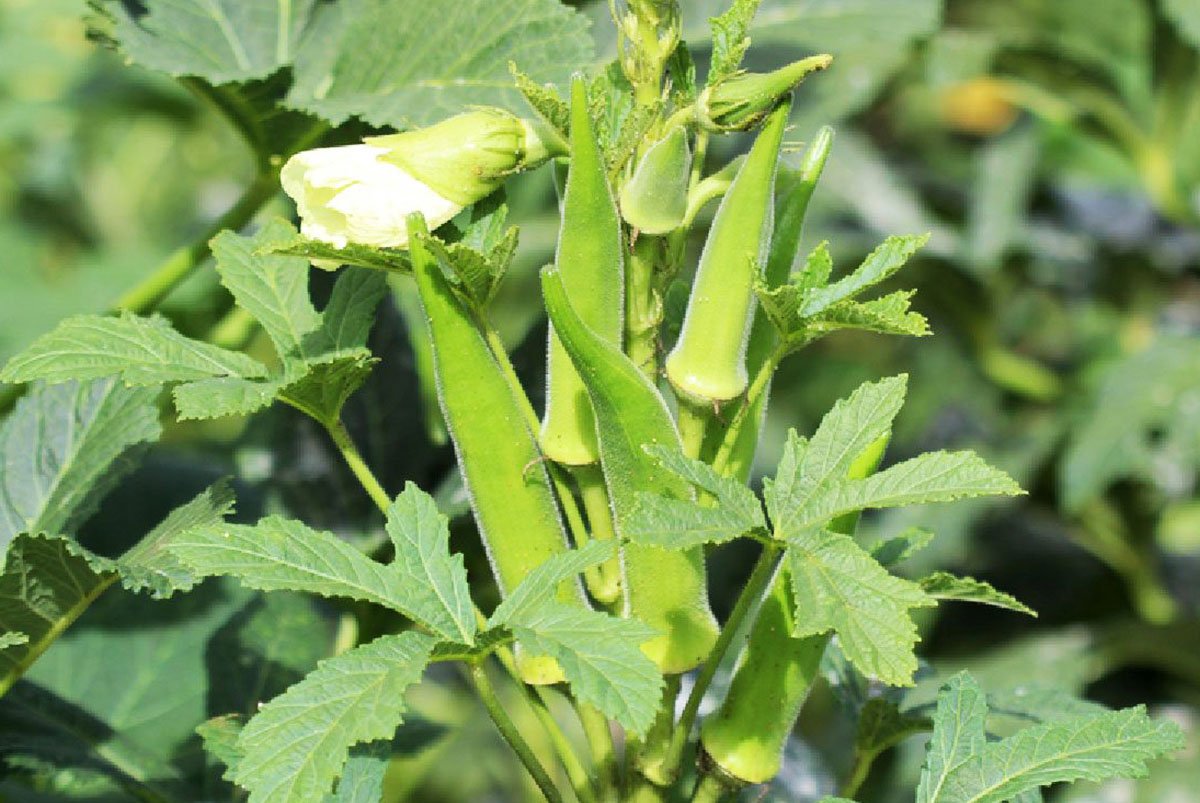
Okra thrives in well-draining, nutrient-rich soil with a **pH between 6.0 and 6.8**. Before planting, follow these steps to prepare the best soil conditions:
✔ **Loosen the soil:** Use a garden fork to break up compacted soil and improve aeration.
✔ **Add organic matter:** Mix compost or aged manure into the soil to boost nutrients.
✔ **Ensure good drainage:** Okra does not like soggy roots, so avoid heavy clay soils.
For container gardening, use a mix of **potting soil, sand, and compost** in a large container (at least 3–5 gallons).
### **4. Planting Okra for Maximum Yield**
Okra grows best in **full sun**, requiring at least **6–8 hours** of direct sunlight per day. Follow these steps for planting:
1️⃣ **Direct Sow:** Plant seeds **½–1 inch deep** in the soil, spacing them **12–18 inches apart** to allow proper airflow.
2️⃣ **Water Consistently:** Keep the soil moist but not waterlogged. Water deeply at the base instead of overhead watering.
3️⃣ **Temperature Matters:** Okra thrives in warm temperatures between **75–95°F (24–35°C)**. Avoid planting too early in the season when the soil is still cool.
### **5. Essential Care Tips for Faster Growth**
Once your okra seedlings emerge, proper care is crucial for a healthy and productive crop. Here are the best maintenance tips:
#### **✔ Mulch for Moisture Retention**
Applying a layer of mulch around your plants helps retain soil moisture, prevent weed growth, and regulate temperature. Organic mulch like straw, grass clippings, or wood chips works best.
#### **✔ Fertilization for Bigger Harvests**
Okra benefits from regular feeding, but over-fertilization can lead to excessive leafy growth with fewer pods.
– **Early Growth:** Use a balanced fertilizer like **10-10-10** for strong root and stem development.
– **Flowering Stage:** Switch to a phosphorus-rich fertilizer (5-10-10) to promote pod production.
Apply fertilizer every **2–3 weeks** for continuous growth.
#### **✔ Pruning for Better Airflow**
Removing lower leaves and trimming excess branches can **boost air circulation**, reducing the risk of fungal diseases and improving overall plant health.
#### **✔ Supporting Taller Plants**
Some okra plants can grow **4–6 feet tall**, so staking or using tomato cages can help keep them upright and prevent breakage.
### **6. The Best Trick for Maximizing Okra Yield**
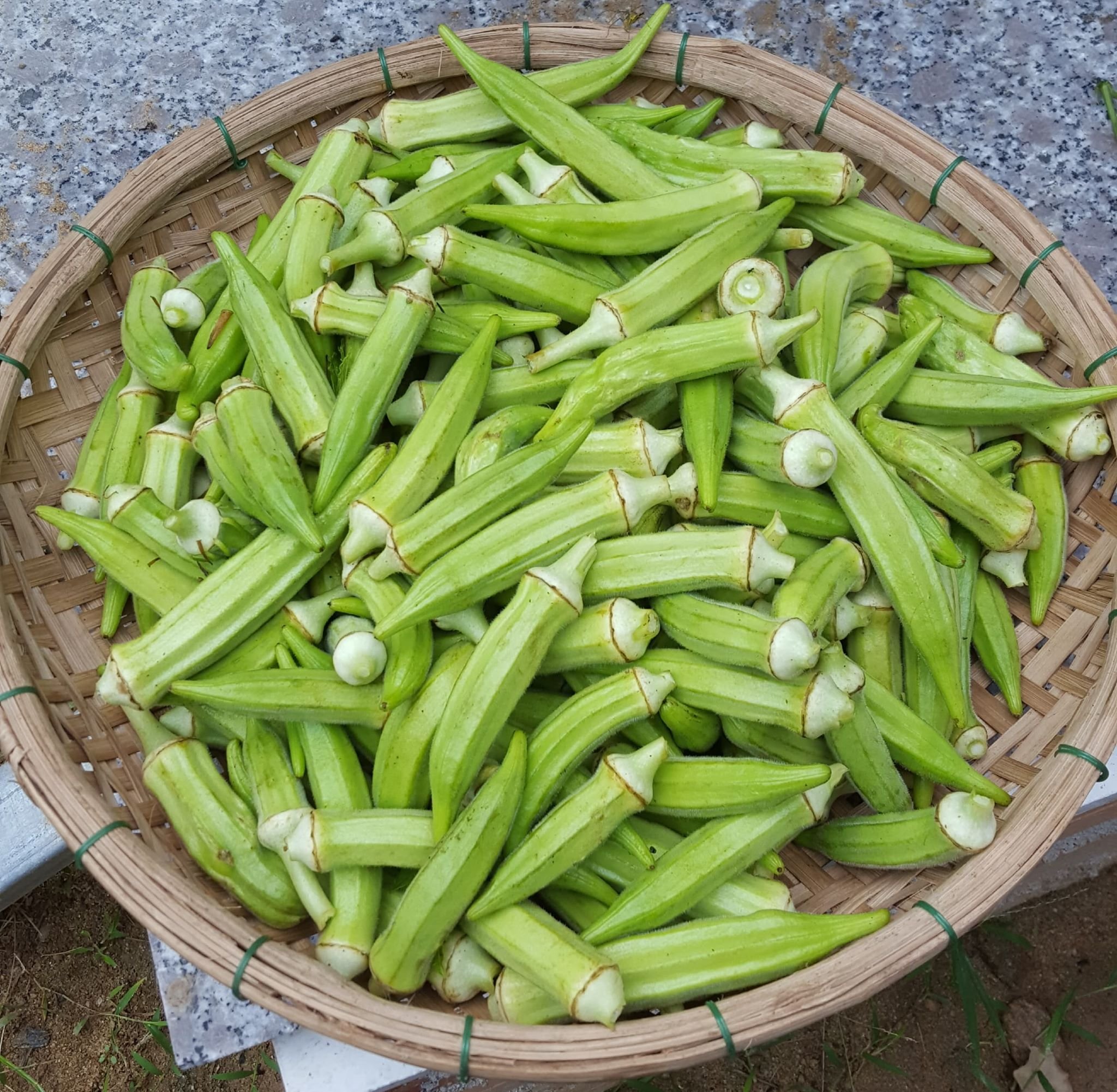
One of the biggest secrets to getting **more okra pods** is **frequent harvesting**.
– Start picking pods **when they are 2–4 inches long**.
– Harvest **every 1–2 days** to encourage continuous production.
– If pods grow too large, they become tough and reduce the plant’s energy for new growth.
Regular harvesting signals the plant to **keep producing new pods**, ensuring a longer and more productive season.
### **7. Managing Common Okra Pests and Diseases**
Even the healthiest okra plants can be affected by pests and diseases. Here’s how to keep them at bay:
🚨 **Common Pests:**
✔ **Aphids:** These tiny insects suck sap from leaves. Spray neem oil or introduce ladybugs to control them.
✔ **Flea Beetles:** They chew holes in leaves, reducing plant vigor. Use floating row covers or insecticidal soap.
✔ **Corn Earworms:** These pests attack okra pods. Hand-pick them or apply organic insecticides.
🚨 **Common Diseases:**
✔ **Powdery Mildew:** Causes white powdery spots on leaves. Improve air circulation and apply fungicidal sprays.
✔ **Root Rot:** Happens due to waterlogged soil. Avoid overwatering and ensure proper drainage.
### **8. Growing Okra in Containers for Small Spaces**
If you don’t have a garden, you can still grow okra in pots. Here’s how:
✔ **Choose a large container** (at least **3–5 gallons per plant**) with drainage holes.
✔ **Use a well-draining soil mix** with compost for nutrient-rich growth.
✔ **Provide full sun exposure** for 6–8 hours a day.
✔ **Water deeply and regularly**, keeping the soil moist but not soggy.
✔ **Stake the plant** once it grows tall to prevent tipping over.
Container gardening is a great way to grow okra on balconies, patios, or rooftops while still enjoying a high yield.
### **Final Thoughts**
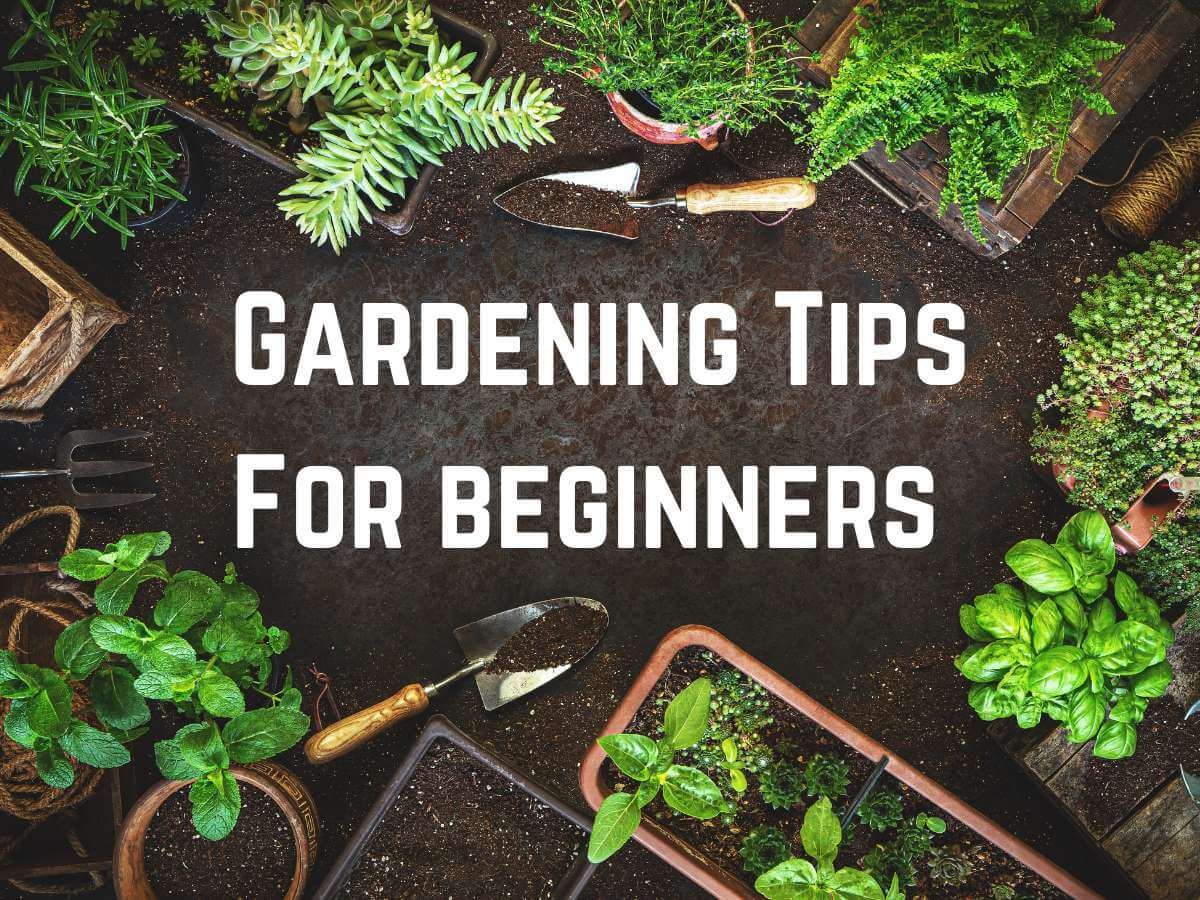
Growing okra doesn’t have to be difficult. By following these **simple yet effective tricks**, you can speed up germination, encourage faster growth, and harvest more pods throughout the season.
**Key Takeaways:**
✔ Soak and scarify seeds for quick germination.
✔ Provide nutrient-rich, well-draining soil.
✔ Keep plants in full sun with consistent watering.
✔ Harvest frequently to boost production.
✔ Manage pests and diseases for healthier plants.
Whether you’re a beginner or an experienced gardener, these tips will help you achieve a **high-yielding, fast-growing okra crop** in no time. So, are you ready to try these tricks and enjoy a continuous supply of fresh okra?
Happy gardening 🌱
